Chuushiti Meshi is a local food in Japan since more than one hundred years ago. It is a rice dish that incorporates three important Japanese tradition. Therefore, Chuushiti Meshi is one of the Five Great Meals of Japan. So how magnificent this dish is? Read on to know more.
Where did Chuushiti Meshi come from?

Saitama is just around fifteen to thirty kilometers away from Central Tokyo. Many residents travel for thirty minutes going to Tokyo for work. In addition to that, many refers to it as “North of Tokyo”.
The city may not be as popular as Tokyo but there are some tourist attractions in the area too. Some of the famous destinations in the city are The Railway Museum, Omiya Bonsai Village, and Saitama Stadium.
Chuushiti Meshi originates in Saitama during Edo period. After then, this rice dish becomes one of the recognized local dishes in the city.
Who is the creator of Chuushiti Meshi?
Chushichi Yagi is a spiritual chef and the eighth generation owner of an inn. One of the inn’s frequent visitor is a great sword master of Meiji era. The master’s name is Yamaoka Tesshu. Apparently, a resident advises Yagi to add Zen flavor to his dishes.
Of course, Yagi wants to delight their visitors. Hence, he follows the resident’s recommendation. At first, the chef struggles to come up with the perfect recipe. Then after some time, he combines the meaning of Zen, sword, and calligraphy. He then masters the art of incorporating his dishes with flavor and freshness.
Yagi then serves Chuushiti Meshi to Yamaoka Tesshu and latter enjoyed the meal. This marks the origin of the rice dish. As a matter of fact, it is now one of the Five Great Meals of Japan. The Imperial Household Agency has the authority to choose the dishes in the list. The Five Great Meals of Japan consists of Fukagawa Meshi, Kayakumeshi, Uzume Meshi, Sayori Meshi and Chuushiti Meshi.

Zen
During this period, seaweed and bonito flakes are still very expensive. This is why adding these ingredients is a form of luxury back then. Seaweed or nori is the ingredient that liken the Zen state. Japanese believe that nori has a very light taste which makes it similar to the calmness of Zen.
Sword
Wasabi symbolizes sword. Wasabi is not only rich in flavor but it’s also sharp in taste. The tingling but not too overpowering flavor gives the Chuushiti Mesh an extra kick.
Calligraphy
Indeed, Yuzu is the perfect fruit to incorporate calligraphy into the dish. Yuzu is a citrus fruit that somehow looks like a small grapefruit. However, many people believe that it is a hybrid fruit that comes from China. It tastes like a combination of lemon, orange and a bit of herbs.
Apart from the taste, Yuzu has an aroma that captures one’s sense of smell. It is like one can see the spirit of calligraphy while the fruit is still fragrant.
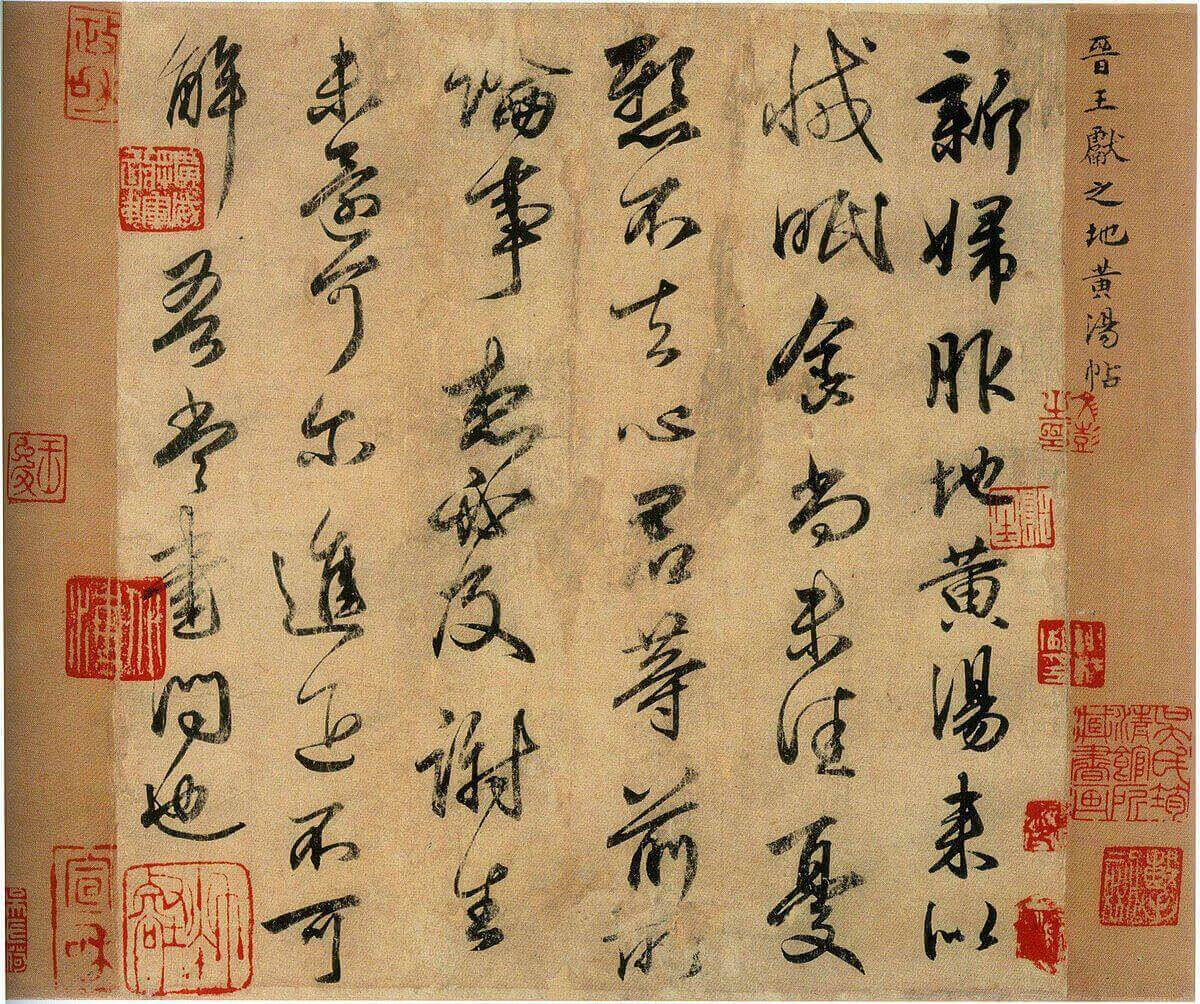
Preparing Chuushiti Meshi
First, cook rice in clean water. Wait for the water to boil then remove it. Next, cook it until the rice softens and thickens. Let it cool down a little after.
Prepare the soup by boiling water. Second, add dried bonito broth and wait for it to boil. Then, drop a pinch of salt depending on your preference. Slice carrots, cabbage and pickled cucumbers as thin as possible. Next, chop green onions. Cut the Yuzu peel into thin slices too.
Put carrots, picked cucumbers, and cabbage together in one small plate. On the other hand, serve Yuzu peel, green onions, and a little amount of wasabi altogether.
Finally, cut seaweed into thin strips before sprinkling it on top of cooked rice. Serving tea together with Chuushiti Meshi is optional but definitely recommended!
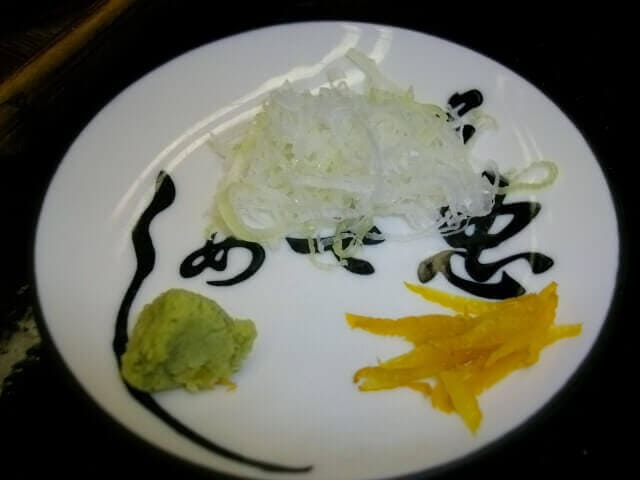
How to Eat Chuushiti Meshi?
Start by taking a deep breath. You’re about to taste a rice dish that boasts a hundred years of supremacy! Chuushiti Meshi is a simple dish with delicate flavors.
First, put wasabi, chopped green onions, and Yuzu fruit peel in the center of the rice bowl. Second, pour the hot bonito soup all over the rice. Wait for eight minutes (8 minutes) before mixing all the ingredient inside the bowl. Lastly, enjoy Chuushiti Meshi like Ochazuke (“お茶漬け”).
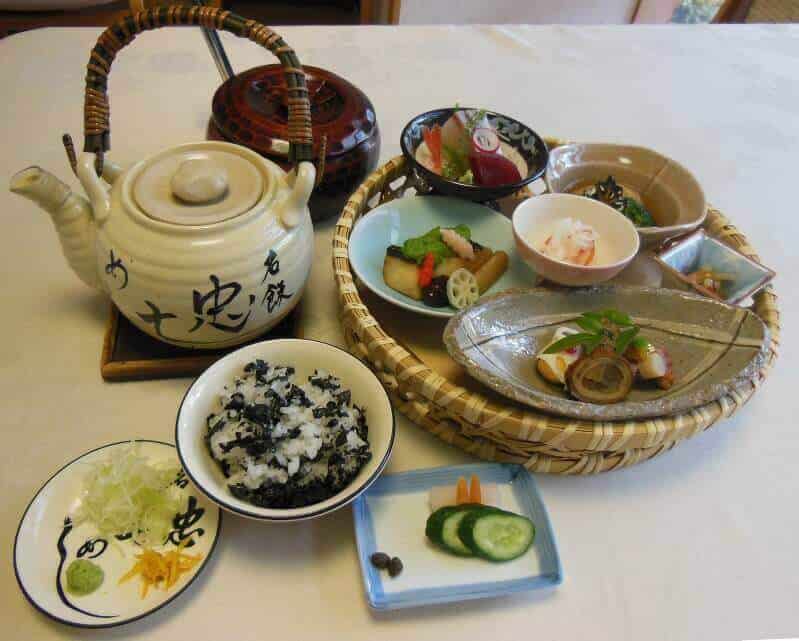
Quick Tips on Eating Chuushiti Meshi
Choose a wasabi that has the right pungency. The secret to eating the best Chuushiti Meshi is to have the best wasabi to go with it.
In addition to wasabi, make sure to wait exactly eight minutes before chowing down the dish. So why exactly do you have to prolong the agony? There is really no definite answer to this. However, a theory is that the absorption of flavors is at its peak only after eight minutes.
Don’t forget to mix well to enjoy all ingredients in every bite!
Where to Eat Chuushiti Meshi?
Similar to Sayori Meshi, there is only one restaurant that serves Chuushiti Meshi. This is actually the place of origin of Chuushiti Meshi. The name of this restaurant is Kappo Ryokan Futaba.
Kappo Ryokan Futaba
Kappo Ryokan Futaba is a favorite among locals and even visitors of Saitama. As a matter of fact, some tourists include this restaurant in their itinerary. It’s not just a restaurant, it is actually a traditional Japanese Inn. Kappo Ryokan Futaba is a registered tangible cultural property.
The inn boasts a magnificent Japanese style accommodation with a touch of nature. For instance, it has a customary Japanese Garden wherein you can enjoy firefly watching during summer. Accommodation rooms have view access to the garden. The inn offers both open-air and tea room-style baths. On top of that, there are also dining areas with sliding doors that lead to the garden.

You can go to this place by driving a car. It takes around fifteen-minute drive from Ranzan-Ogawa IC on the Kan-Etsu Expressway. The easiest way to commute to Kappo Ryokan Futaba is by alighting at Ogawamachi Station. From the train station, it only takes around four minutes to reach the property.
The restaurant accepts reservations only for dinner. For morning schedule, they still prefer booking in advance. Visiting to try Chuushiti Meshi is a good idea but why not stay for a night too? You are sure to enjoy your stay in a traditional inn while sipping a cup of hot tea.
What are your thoughts on Chuushiti Meshi? Let us know in the comment section below. Don’t forget to share this on your social media accounts too!
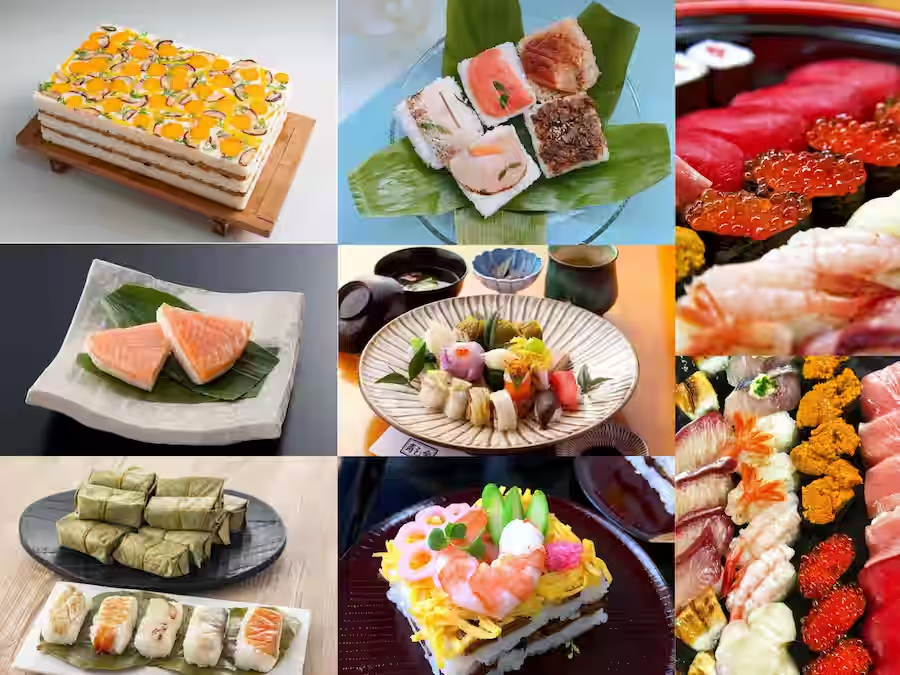
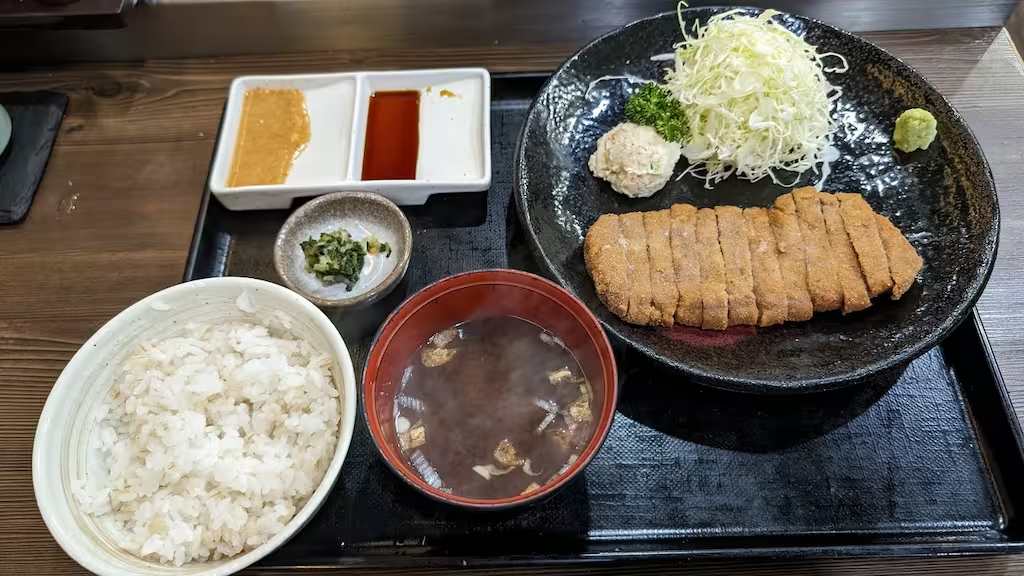
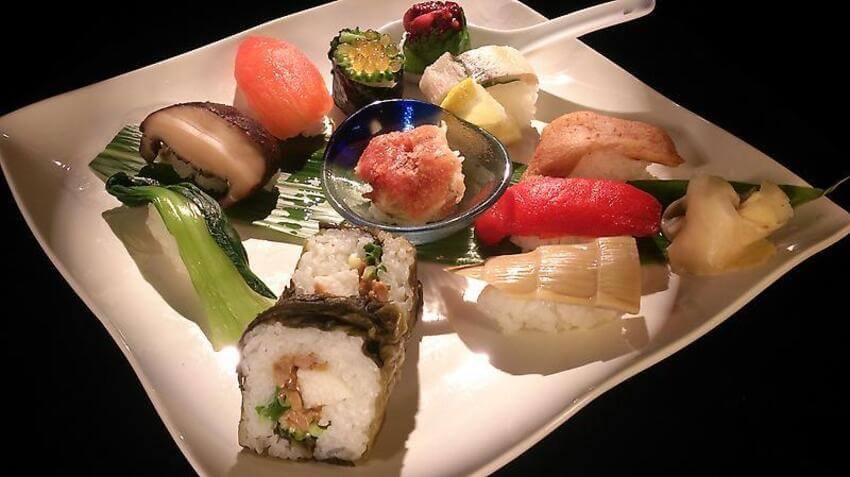



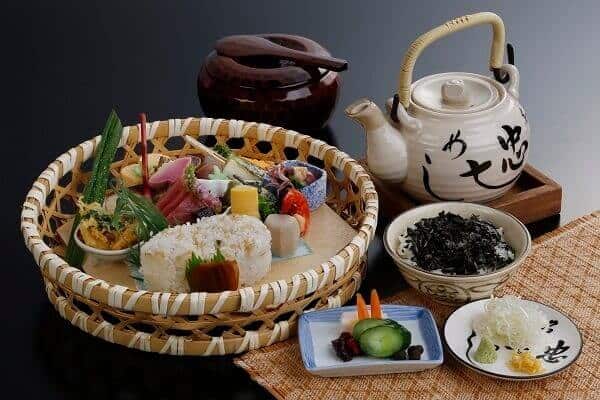
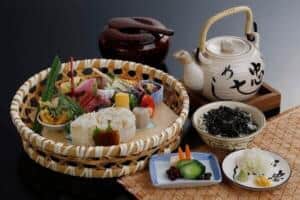
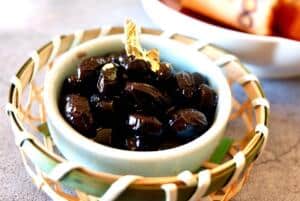
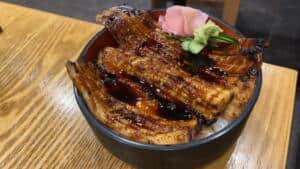
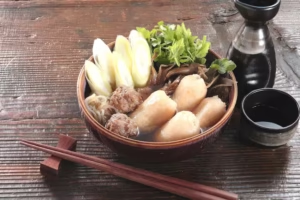
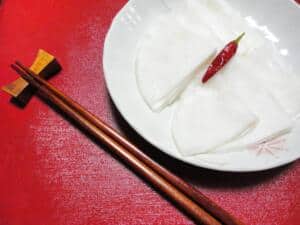

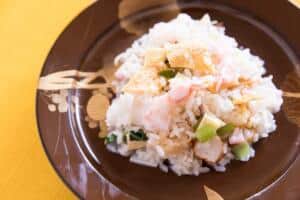
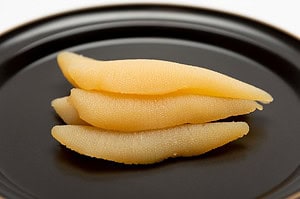
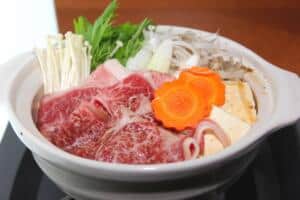
Comments